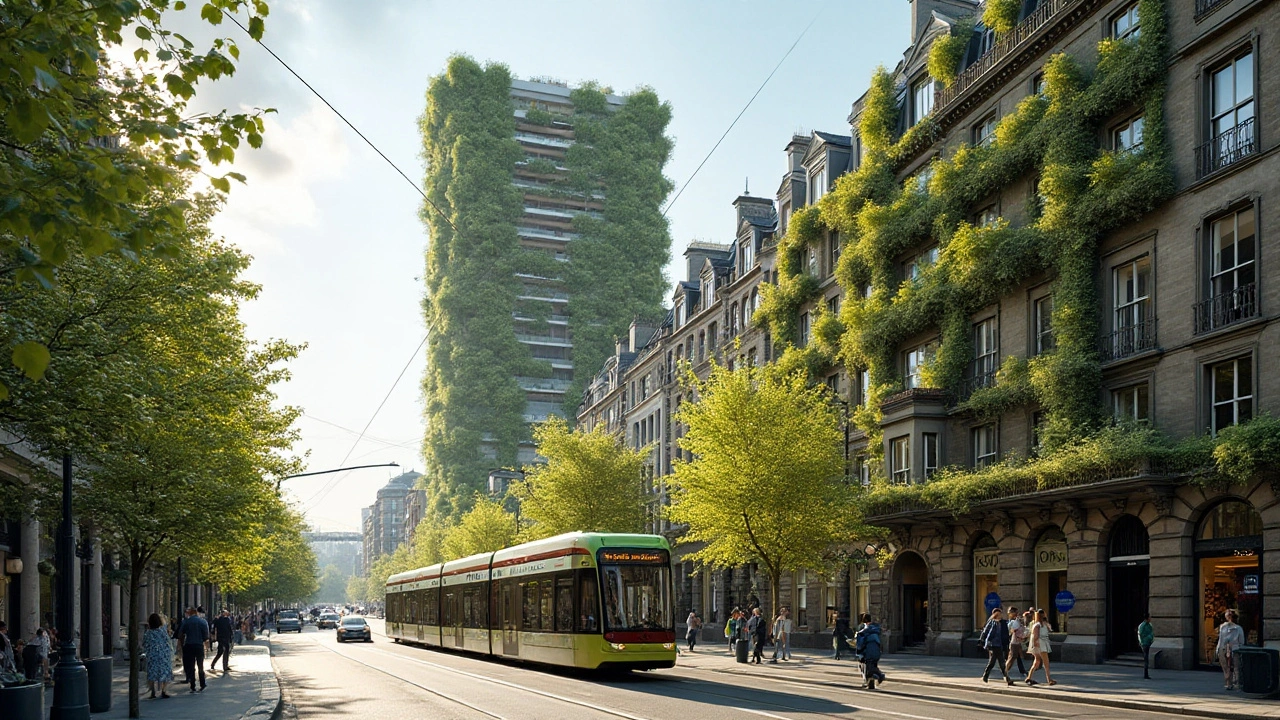Urban Design: Read Cities Like a Pro
More than half the world lives in cities, yet most people never notice why some streets feel alive and others feel dead. Urban design is the quiet craft that shapes that feeling — how buildings meet the street, where trees sit, and whether you want to walk or drive. This short guide gives you practical ways to read a city fast and use what you see.
Quick street checklist
When you step onto a street, ask five simple things: is the sidewalk wide enough for two people side-by-side? Do buildings have windows or shops at ground level (active frontage)? Are there trees or shade? Can you cross the street safely and often? Is there a mix of uses — homes, shops, offices? If the answer is mostly yes, the street is probably walkable and lively. If no, it likely favors cars and short visits rather than long stays.
Look at block size. Small blocks with many corners create more walking routes and surprise encounters. Large superblocks push people into cars and parking lots. Note building height and street width: narrow streets with mid-rise buildings feel human; very tall towers on wide roads often feel distant and empty at ground level.
Public space, transit, and daily life
Good public space is more than a plaza. It offers shade, seating, visible activity (cafés, markets), and safe sightlines. Quality public space gets used at many times of day. Check transit: frequent buses or metro stops near mixed-use areas boost street life. If transit is weak, the area tends to become car-first and loses casual foot traffic.
Adaptive reuse matters. Old warehouses turned into markets, or historic facades kept while interiors change, keep texture and memory in a neighborhood. That’s where architecture meets urban design — styles like Georgian, Beaux-Arts, or Art Nouveau shape the feel of blocks. Spotting these influences helps you understand why a place looks and acts the way it does.
Pay attention to human scale details: doors, stoops, awnings, shop signs, and street trees. Those small things cost little but make a big difference. Also watch how people use the space: do parents stop with kids, are people sitting, are bikes parked? Use is the best test of success.
Want to learn more while you travel? Take photos of one block from both ends, note where people walk, and sketch the ground-floor uses. Compare a historic street (say, a Beaux-Arts avenue) with a modern development: which invites you to linger? Which lets you get lost in traffic? These quick comparisons sharpen your eye fast.
If you care about shaping cities, get involved locally: attend a planning meeting, ask about street trees, and push for mixed-use zoning. Tiny changes—shorter crossings, bike lanes, better lighting—add up.
Curious for deeper reads? Our Urban Design tag collects pieces on history, preservation, and styles that shape cities. Start with posts on Georgian layouts, Beaux-Arts civic design, and articles about functionalism and adaptive reuse to see how design choices show up at scale.
Read streets like a pro: look, compare, and ask who the design serves. Cities tell stories if you know how to listen.

Embracing Green: The Rise of Sustainable Architecture in Urban Landscapes
Sustainable architecture is transforming urban environments, blending innovation with eco-conscious design. The rise of green buildings in cities not only protects natural resources but also enhances the well-being of residents. As urban areas face challenges like climate change and population growth, sustainable design offers both practical and aesthetic solutions. Innovative materials and smart technologies are key components in this architectural revolution. Learn how key cities are leading the way towards more sustainable futures.
Read more
How Postmodern Architecture is Shaping Our Cities
Oh boy, isn't it amazing how our cities are turning into a canvas for the fabulous postmodern architecture? It's like we're living in a gigantic art exhibit, only this time it's not boring! Postmodern design, with its departure from the rigid rules and "less is more" mantra of modernism, is jazzing up our urban landscapes with bold colors, striking shapes, and a delightful mix of old and new styles. It's a hodgepodge of everything cool and creative, like an architectural potluck! So next time you're strolling around town, don't forget to look up and appreciate the ever-evolving architectural spectacle around you.
Read more